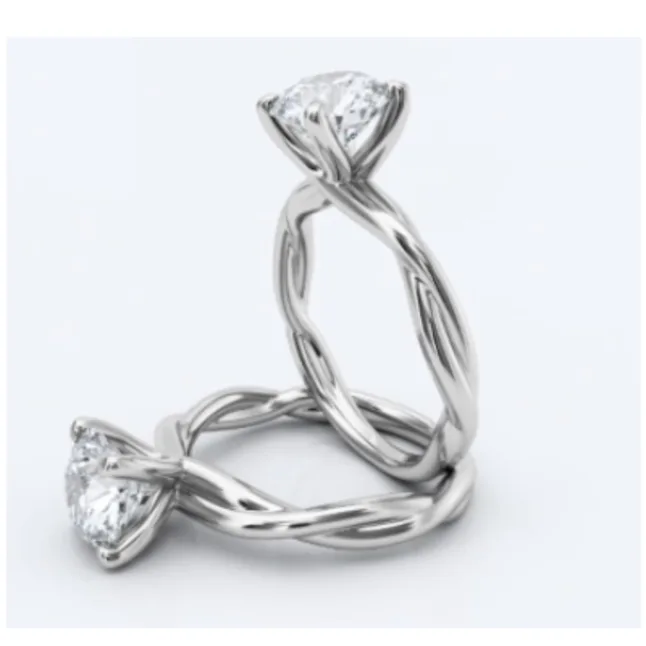The Basics of Engagement Ring Design | Rare Carat
Okay friends, we are here to talk engagement ring design! How fun is that??! If you’re reading this then you have most likely either found “the one” (congratulations!) and now it's time for some shopping, or you might just be curious for your future self (you do you boo). Either way, the world of ring design can be so exciting! For our design breakdown today, there are 3 basic elements of a ring: the diamond or gemstone selection and lay-out, the setting for the stone(s), and the band selection. This will undoubtedly be the most special ring you will ever purchase so It should probably be thoughtful and beautiful and maybe even personal (no pressure, right???).
Stones
Easily, the main focus of an engagement ring is the stone (or stones). Most often this is going to be a diamond. Diamonds are a really good choice as the stone for an engagement ring because they are the hardest known substance on earth. This means as it gets daily, life-long wear, it won’t scratch. Beautiful and practical, what a winning combo (takes one to know one, am I right...?). There are other gemstones we could use, for example - ruby, sapphire, and topaz are all smart options. Really and truly, the most important factor when deciding on a stone is its hardness since it will be worn every day. So, our soft or highly fractured gems would not be a good choice here because eventually something tragic will happen (gemologically speaking) and your stone will never be the same. Some of our favorites included in this are: opal, emerald, and pearl… plus others… which I know is super sad, I love them too.

Stone Layout
Along with what type of stone, the quantity and lay-out of stones is key to the design. Personal preference or an individual’s particular style should be highly considered here.
Solitaire
To start, the solitaire diamond ring is a classic, elegant design. This will put a lot of emphasis on the center stone because it is the only focal point, so a thoughtful diamond selection is definitely necessary.
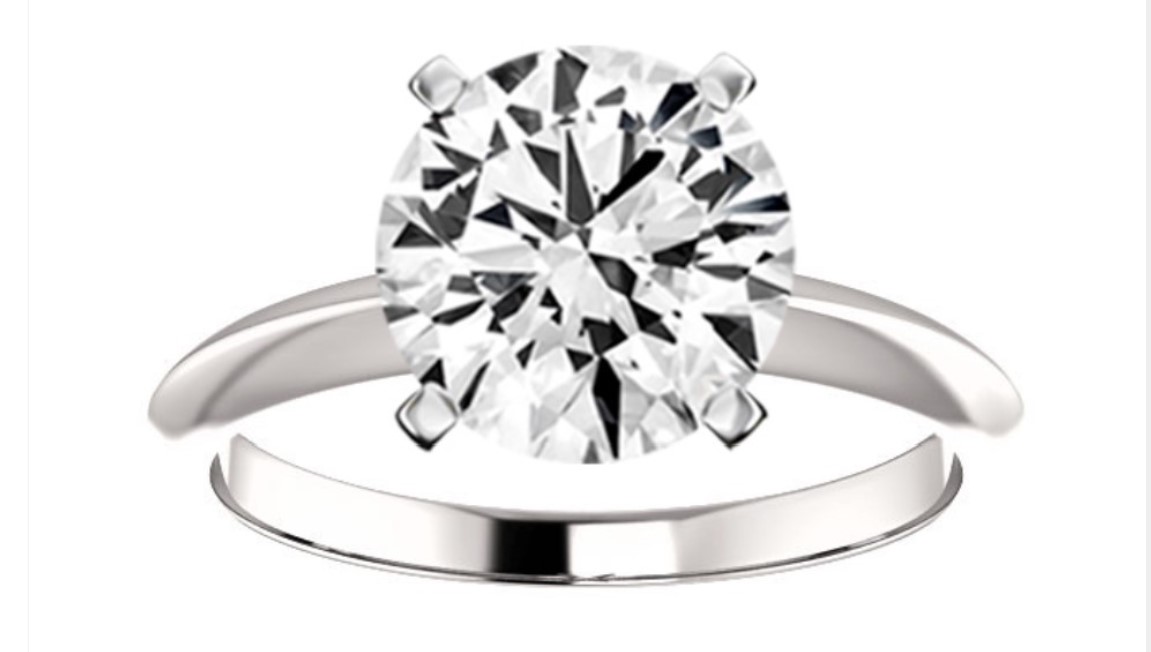
Three Stone
A 3-stone diamond engagement ring is also hugely popular. This is comprised of a larger diamond center stone accompanied by two smaller stones, one on each side. For many, the trio of diamonds represents the past, present, and future, which seems fitting as an engagement ring gesture.
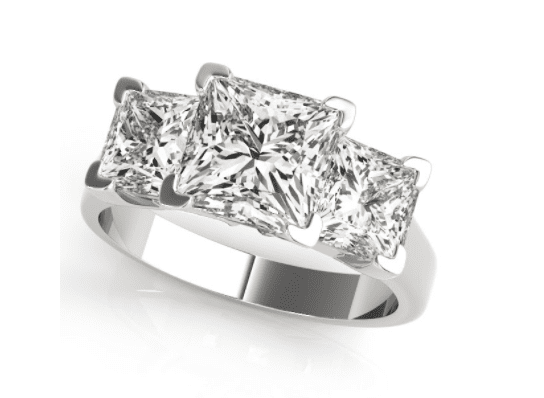
Cluster Ring
Cluster rings can be an excellent (and more affordable) option, where many smaller diamonds create a large, centralized cluster. These rings can take up more space on the finger than a single diamond and they create tons of sparkle. And really, any of these ideas can be swapped for a different stone as well if that is something you are leaning towards.

Setting
Prong
It is very important to make sure your gemstones are held in place properly (duh right?). Discussing the types of prominent stone settings is important for us and our diamond’s security. The most common setting is the prong. This looks like a little metal claw, with usually 4 or 6 prongs. The tips of these prongs come up and over the diamond to hold it in place. It offers a classic look and does a pretty good job keeping our stones safe, all while allowing the diamond to really shine. In general, the more light that is able to access a stone, the more the gem will reflect the light, which creates the sparkle that we see (and want!). My only caution is that you will want to have a jeweler check occasionally to make sure the prongs haven’t loosened. This is important because you definitely don’t want your beautiful diamond to fall out (do not live life on the edge here people!).
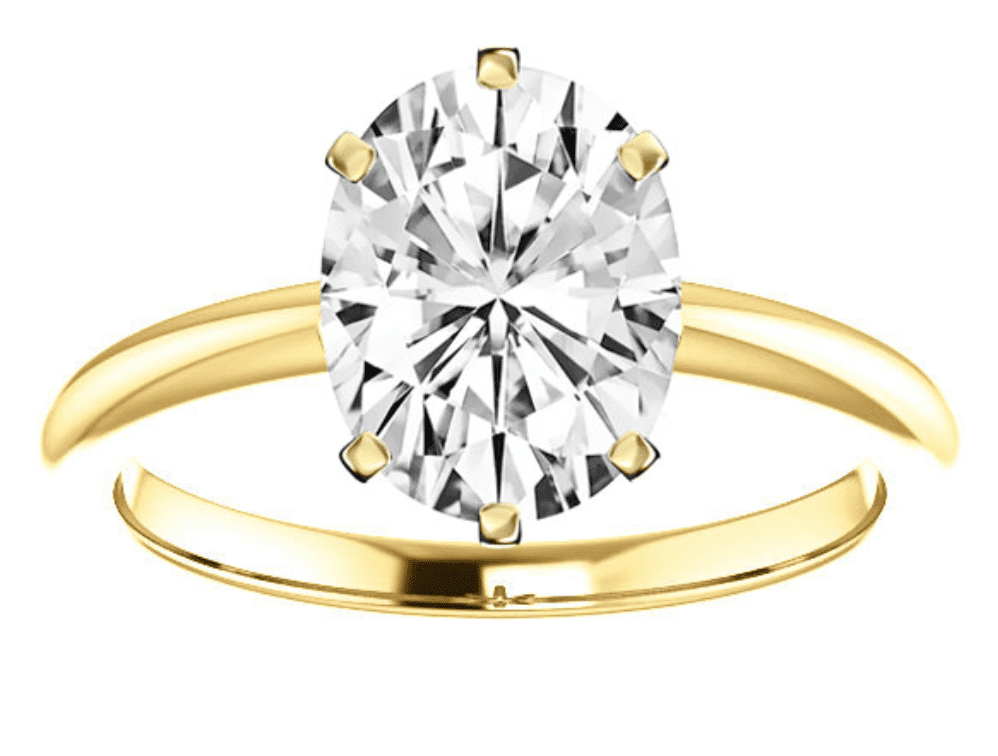
Bezel
Bezel setting is probably the most practical of all settings because the diamond (or other perfectly selected stone) is almost entirely enclosed in metal, except for the top. This option is fantastic for super active people like nurses or athletes since it won’t snag on anything. It also gives off a modern style vibe so if you are a lover of modern, this might be for you. The downside is the stone won’t be able to shine quite as brightly as with a prong because light cannot access the entire stone… but at least it’s super safe!
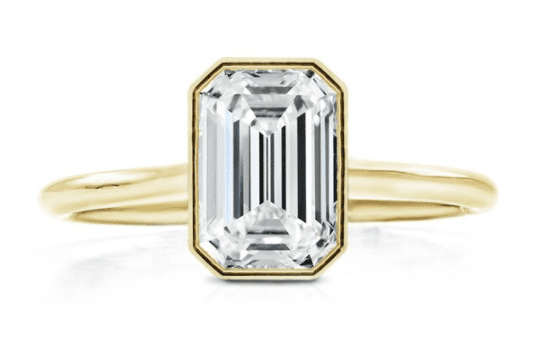
Tension
The tension setting, where a band’s metal will hold a stone by “squeezing” it with pressure, is also a fan favorite. Is futuristic a style? …because I would say this setting looks futuristic in how the diamond appears to float between metal. Since the gem is in full view it lets the stone stand out as the focal point. Side note - the diamond is super easy to clean in this setting (for obvious reasons). Unfortunately, these bands can be hard to resize and if thick metal is used it can make a modest diamond appear slightly smaller than what it actually is.
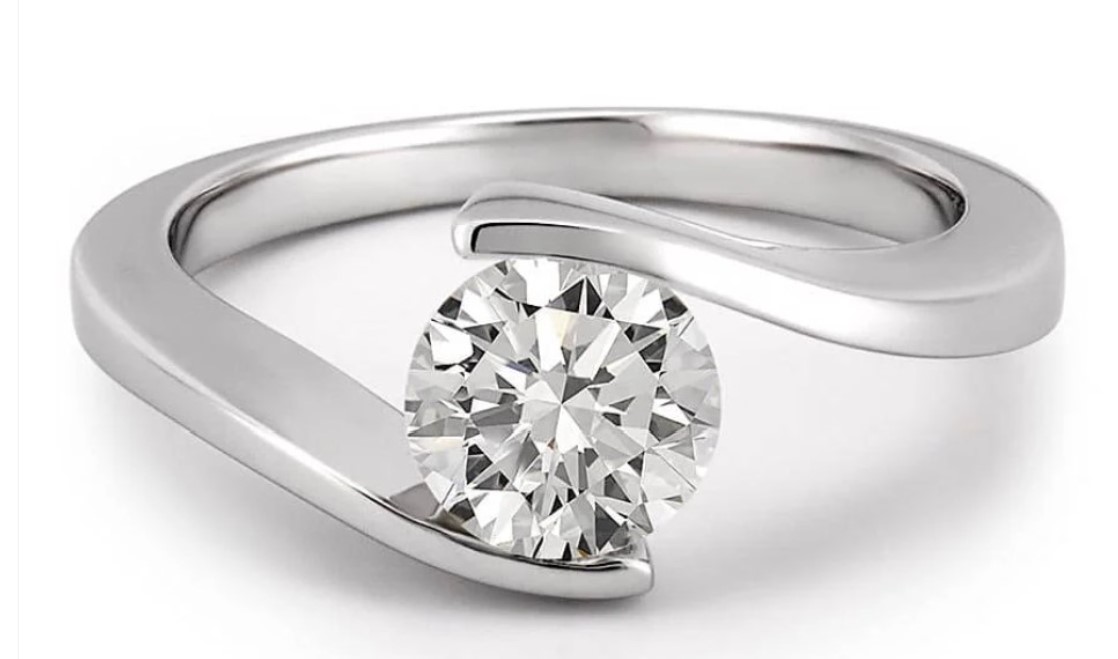
Invisible
The last setting type I want to touch on is the invisible setting. This allows the entire face of the diamond to show because the setting is literally drilled into the stone below the surface. Being able to see the entire face generally makes the stone appear larger than it otherwise would. The real problem is IF the diamond becomes loose and falls out, it is extremely hard to repair. It is also a challenge to resize if that were needed to be done. I love this style though - it is a really clean, simple look that lets the diamond be a diamond.
Bands
I think when it comes to bands, to stone or not to stone, is the question?! After making that decision we can then pick which stones or metals we would like to use. The choice is highly dependent on personal preference, however, there are a few things I’d like to offer for guidance.
Metal Options
Typically, white gold, yellow gold, rose gold, sterling silver, and platinum are the most common metals used for engagement ring bands. Yellow gold is good for creating a warmer, more classic ring look. The colored metal will enhance any visible yellow coloring of the diamond, creating a really pleasing appearance that wouldn’t look as nice in a white metal. This concept works in reverse for white metals. White metals are great for creating a cleaner, crisper, feel for a ring. Diamonds that fall within the colorless grade range would be optimal here. For rose gold, I would highly recommend pinkish or purplish-colored stones like pink sapphires or amethysts. Something about the pink and purple hues together seem romantic to me. Out of these options though, because I know you are wondering, silver and white gold will be your most budget-friendly choices while platinum is the most expensive.

Channel and Pave Bands
Okay so let’s say we decide to stone the band… technically, this is referred to as a channel set or pave band - in which the entire band is made of smaller diamonds that are set in a line or “channel” enclosed by metal. This is easily the most common type of stoned band you will see. There is also the diamond “encrusted” band that has a bunch of little, tiny diamonds covering it. These are both designed for that added flash all the way around the finger. I know not everyone likes the extra bling but for those who do, this is it.
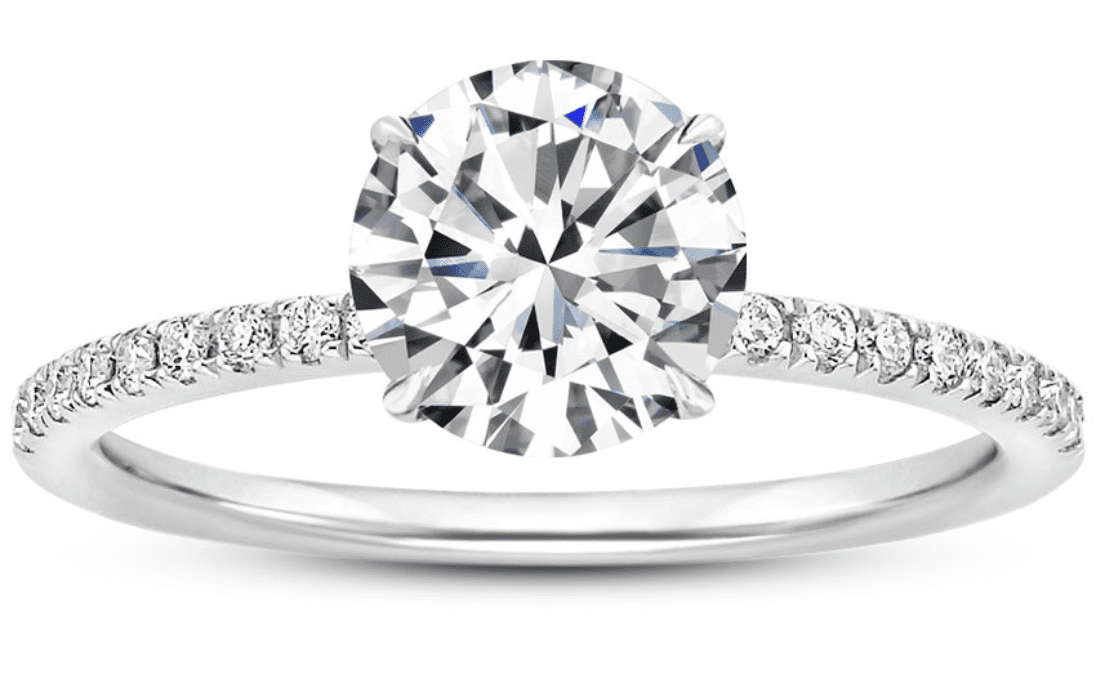

Essentially, we just made it through the basics of ring design! We covered stone selection and lay-out, settings, and bands, so hopefully you are feeling hyped up about designing that special ring. I know we have barely scratched the surface here for options and design possibilities so if you are a creative individual, hopefully, this gives you at least a starting point! And if not, we definitely covered the most popular selections at a minimum. Just remember that ultimately the beauty of the ring comes from the love and commitment behind the purchase (but it doesn’t hurt to have a beautiful diamond either.)
